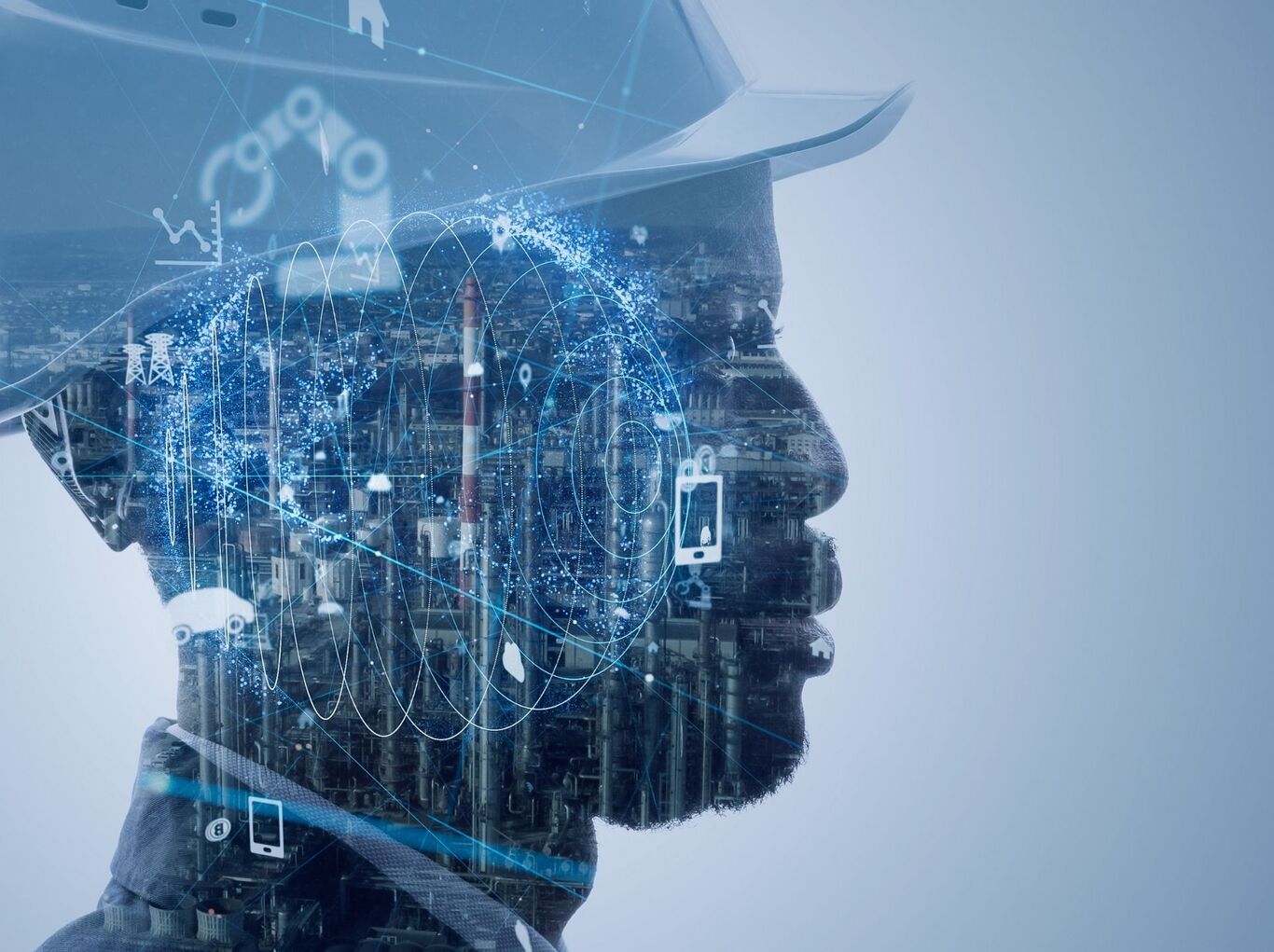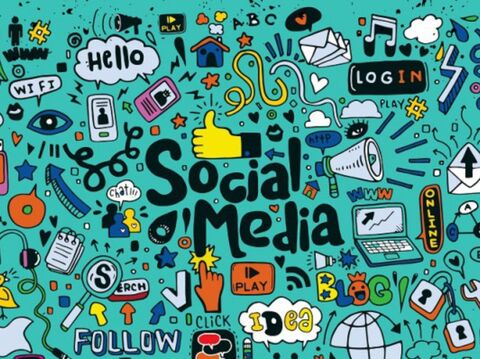Green Technology: Innovations Transforming Our Future

Globally, climate change has shifted the ways industries produce their goods. This is where green technology comes in, changing the way we generate power, build cities, and manufacture products.
Today, sustainability protects nature while supporting industries. Green information technology replaces traditional and damaging energy sources like fossil fuels with sustainable solutions like solar power, hydropower, precise farming, etc. But there’s much more to it.
In this blog, we'll see how green technology is increasing eco-friendly manufacturing and, as a result, reducing pollution.
Next-Gen Renewable Energy Solutions
Renewable energy has come a long way in the last couple of years. Clean energy is now accessible, efficient, and easy to use because of new-age technology. Here's how it’s changing how businesses view sustainable energy:
Solar Energy
The creation of perovskite solar cells has presented a new opportunity for businesses in solar technology. Perovskite can absorb and convert 29% of sunlight into energy[1], making it better than silicon cells.
Solar roll-up panels, phone chargers, and wearable patches help people access portable green energy options. They also include items like bags, apparel, camping equipment and many more.
Wind Power Innovations
Using wind to power houses and machines is a major part of renewable energy solutions. Some urban regions have adopted vertical-axis wind turbines. These compact designs are easy to install on rooftops and between different structures and are easy to use in high-density areas.
Wind farms are also installed in deeper water to generate constant power from strong ocean winds. Such farms generate reliable energy for coastal communities while preserving their land from industrialisation.
Hydropower and Tidal Energy
Micro-hydropower brings clean energy to remote areas using small streams. It works without big dams and uses simple setups with fish-friendly turbines.
In addition, tidal energy uses underwater turbines which use ocean currents. Modern technology like wave converters also turns ocean movements into renewable energy.
Sustainable Agriculture Through Green Tech
Smart solutions that promote efficiency and sustainability are changing how farmers grow food and protect the environment at the same time. Let’s take a look at these new sustainable options.
Precise Farming with Internet of Things
Farming, too, has become automated; smart sensors check the soil’s moisture and nutrient levels, as well as plant health. They send this data to farmers' phones, which lets them know when to water and fertilise the crops.
There are drones that survey fields to keep an eye on diseases, pests, or nutrient deficiencies in crops.
Farmers can check the weather forecasts months in advance to plan harvests and protect crops from bad conditions. Farmers use this collected data[2] to plan out their planting times, crop rotation, and irrigation.
Vertical and Urban Farming
Vertical farms plant crops in stacked layers in a controlled area. LED lights and automatic watering keep conditions ideal all year round while reducing water consumption through recycling systems.
Unused buildings in cities are being used to grow fresh produce locally. Modern hydroponic systems grow fruits, vegetables, and herbs in small spaces, even in busy areas.
Biofertilisers and Eco-Friendly Pesticides
Beneficial bacteria and fungi in bio fertilisers increase soil health naturally. Microorganisms break down organic matter, which releases nitrogen and phosphorus and nourishes the soil.
Neem-based sprays and pyrethrin extracts keep aphids and caterpillars away. Ladybugs and lacewings are natural pest controllers. These practices protect soil health by maintaining its microbial balance.
Smart and Eco-Friendly Cities
Cities are changing with eco-friendly designs and green tech with sustainability as a focus. These changes reduce environmental impact and improve quality of life. Let’s see how some of these ideas are making urban spaces more environmentally friendly.
Green Building Materials
Modern buildings are built with recycled steel, reclaimed wood, and crushed concrete from old structures to cut waste and energy costs.
Carbon-negative designs like living walls and biochar concrete absorb CO2 more than they produce it. Hemp insulation and mycelium bricks improve air quality and reduce energy use, making construction more sustainable.
Smart Grids and Energy Management
AI systems watch and adjust power distribution based on usage. Smart meters decrease energy waste by managing lighting and temperature automatically.
Cities now link solar panels and wind turbines directly to local grids. This integration creates microgrids that power neighbourhoods independently. Energy storage systems balance supply during peak demand periods.
Sustainable Transportation Systems
Cities are making transportation greener and more efficient by using electric buses and trains that run on renewable energy. Automated traffic lights reduce traffic and pollution.
To encourage walking and cycling, cities are adding more bike lanes and sidewalks. People are also choosing new public transport like electric scooters and bike-sharing, which they can find on apps.
City planners are also designing neighbourhoods where shops are closer to homes, making it easier for people to reduce car use.
4 Breakthroughs in Clean Manufacturing
Production and manufacturing are turning to greener options to reduce their waste. It also helps factories be more efficient. Here’s how:
-
3D Printing with Sustainable Materials
3D printers now use plant-based plastics and recycled materials, including bottles and wood fibres. These products are made with bioplastic that decomposes naturally, reducing waste. The printers are designed to develop products with minimum waste by using an exact quantity of materials.
Local manufacturing through 3D printing makes less use of transport to reduce pollution. When you print replacement parts instead of buying new ones, it extends product life.
-
Energy-Efficient Production Methods
Factories are becoming more and more efficient because of new tech. Sensors detect any unnecessary operation time and energy use and reduce it. They also decide the production speed depending on demand in the market.
In smaller efforts, heat recovery systems find waste energy and reuse it. LED lighting and motion sensors also cut energy use in factories. The greenest tech companies that use smart utility meters have an energy consumption reduction of 7.46%[3], which saved them over USD 41 million.
-
Circular Manufacturing Models
Sustainability has become a necessity for electronic manufacturers. This is why companies are designing laptops and phones whose screens and batteries can be replaced instead of throwing them away when they stop working.
Furniture industries are also following this by creating modular designs for simple updates and repairs.
It is mandatory for appliance manufacturers to label metal, plastic, and electronic components for recycling purposes. Production waste in textile industries is repurposed as filling material for furniture, minimising landfill waste.
Currently, many firms like Dell and Apple collect old devices and reuse them to extract valuable materials for new products.
-
Carbon-Neutral Manufacturing
Factories are trying to use renewable energy along with traditional forms. For example, Tesla Motors and Method Soap have decided to run on solar, geothermal, and wind plants.
Industries have started using electric vehicles to move their products inside the factory to decrease pollution.
Most industries use green hydrogen instead of fossil fuel for production. To compensate for any other carbon emissions, industries back projects like constructing eco-friendly houses.
3 Eco-Innovations in Waste Management
Modern waste management combines technology with environmental consciousness. From collection to processing, new solutions tackle waste issues at every stage. Here’s how innovation is making waste management more efficient and sustainable:
-
Recycling Technologies
AI-powered optical sorters identify and separate different types of plastics and materials on conveyor belts. Smart bins use sensors to compress waste and alert collectors when full.
Smart bins use sensors to compress waste and alert collectors when full. Chemical recycling then breaks down mixed plastics into materials for new products.
E-waste robots find and collect the gold and copper leftovers from old electronics. This is a sustainable method that decreases the waste of parts and reuses them instead.
-
Composting and Biodegradation Solutions
Composting companies have started using packaging material made from mushroom roots and seaweed. These natural products biodegrade faster and leave no waste behind. Smart compost bins also keep a watch on moisture and oxygen levels and get rid of odours.
-
Waste-to-Energy Technologies
Anaerobic digesters turn food waste and sewage into biogas for electricity. Bacteria break down the waste to produce methane-rich gas.
Modern gasification systems convert non-recyclable waste into clean-burning synthetic gas. Together, these technologies offer sustainable energy and reduce landfill waste.
3 Energy Storage Advancements Bringing Change
Green energy storage innovations manage power supply and make sure it’s available when needed. Let’s see what these technologies are:
-
High-Efficiency Batteries
Solid-state batteries offer higher energy density and safer operation than traditional lithium-ion batteries. These batteries use solid electrolytes to prevent leaks and fire risks.
Lithium-sulfur batteries have longer ranges for electric vehicles at lower prices. They last longer, charge faster, and use a lot less non-renewable natural resources than regular batteries.
-
Grid-Level Storage Solutions
Utility-scale battery systems store excess solar and wind energy for peak demand periods. These installations use advanced cooling systems and smart management software.
Hydro plants create and store energy by moving water between two reservoirs. Modern plants use underground reservoirs to reduce the environmental impact. In case there are multiple storage, smart grids coordinate them for equal power supply.
-
Hydrogen as an Energy Carrier
Green hydrogen is made by splitting water into hydrogen and oxygen through electrolysis and then stored in underground salt caverns. Fuel cells then convert the hydrogen back into electricity, with only water as a product.
Hydrogen is used by ships and trains, replacing fossil fuels in manufacturing. This replacement reduces carbon emissions in the industry.
How GrowthJockey Accelerates Green Tech Innovation?
Climate change can’t be fought just with technology. GrowthJockey helps by adding smart resource management to eco-friendly ideas to reduce waste and pollution.
Our team guides your company in picking the right green technologies and sustainability practices while staying profitable. From renewable energy to waste reduction, we care about your company’s environmental goals.
Contact GrowthJockey venture architects to bring eco-friendly technology trends to your business and create a positive environmental change. Our proven methods and expert support will help you build a sustainable future.
FAQs
-
What is the future of green technology?
The future of green technology is already moving forward. Here’s what different sectors are doing:
-
AI and IoT work together to manage resources and increase efficiency and sustainability.
-
Next-generation solar cells and improved energy storage are making renewable energy more accessible.
-
Cities are already using green infrastructure to reduce pollution.
-
Sustainable manufacturing and zero-waste systems are becoming the industry standard.
-
What are green technology innovations?
Recent green innovations include perovskite solar cells, vertical wind turbines, and AI-driven farming systems. Smart grids improve energy distribution, and green building materials reduce carbon emissions. Electric transport and waste-to-energy systems show us how technology can solve environmental challenges.
-
What is green innovation for a sustainable future?
Green innovation combines eco-friendly technology with sustainable practices to protect our environment. This includes renewable energy systems, better production processes, and smart waste management. These solutions minimise resource use while maintaining economic growth and increasing quality of life.
-
What are the green technology advancements?
The latest innovations include solid-state batteries for better energy storage, green hydrogen production, and AI recycling. Vertical farming reduces land use yet produces more food. Consequently, smart cities make use of sensors and automation to maximise resource wastage.








